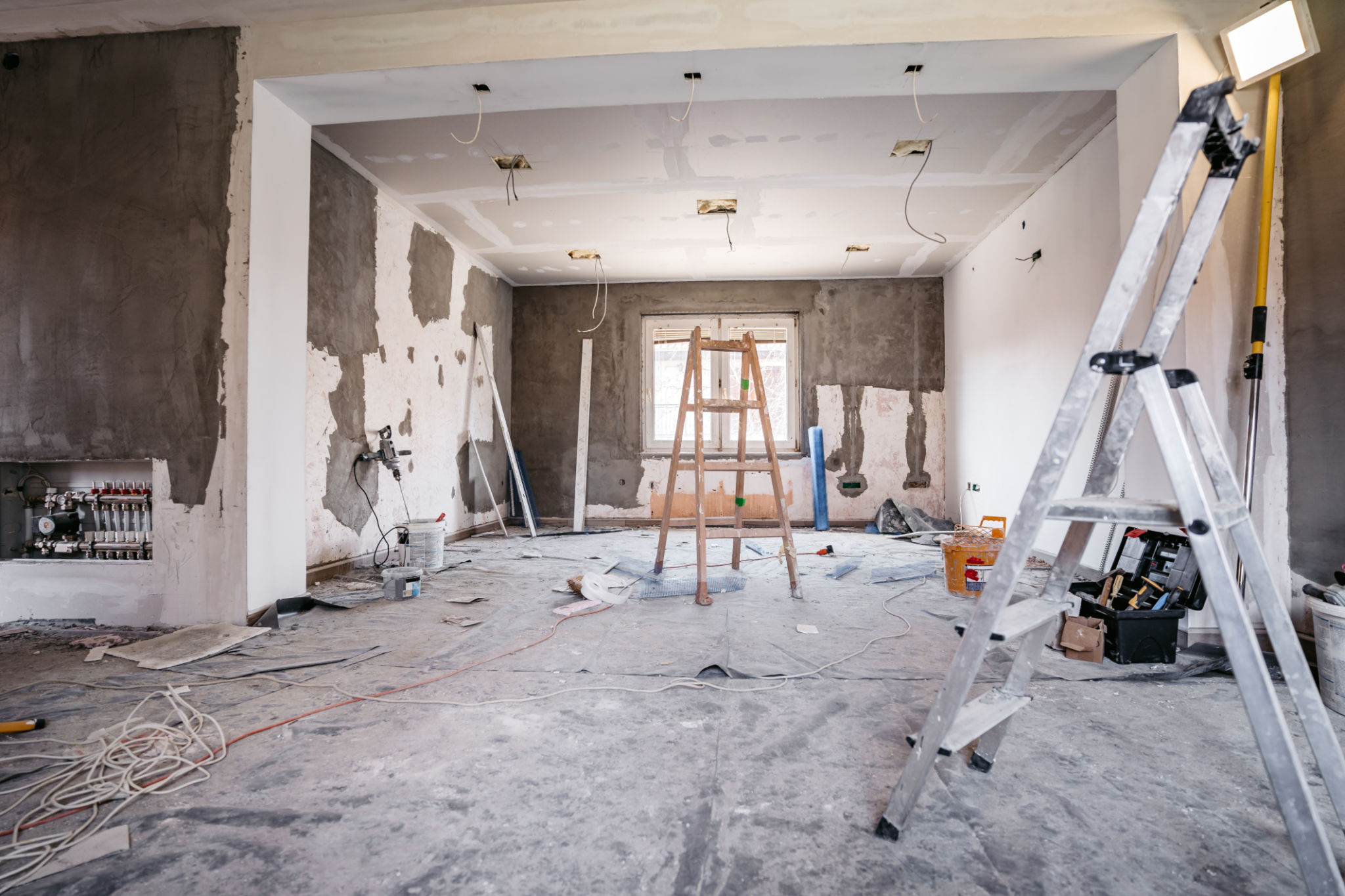Why Plaster Walls Are Making a Comeback: Trends and Benefits
The Resurgence of Plaster Walls
In recent years, plaster walls have been experiencing a significant resurgence in popularity. These walls, often associated with historic homes, are now being embraced by modern homeowners and interior designers alike. The appeal of plaster walls lies not only in their aesthetic qualities but also in their functional benefits.

The Aesthetic Appeal
Plaster walls offer a unique texture and depth that is difficult to replicate with drywall. The subtle variations and the ability to create custom finishes make plaster an attractive choice for those looking to add character and warmth to their spaces. Whether opting for a smooth, polished finish or a more rustic, textured appearance, plaster can enhance the visual appeal of any room.
Moreover, plaster walls can be painted or tinted in a wide range of colors, offering versatility in design. This adaptability allows homeowners to easily change the look of their interiors without major renovations. The timeless elegance of plaster can complement both traditional and contemporary design styles.
Durability and Longevity
One of the primary reasons for the comeback of plaster walls is their durability. Unlike drywall, which can be susceptible to dents and damage, plaster is known for its strength and longevity. Properly installed plaster walls can last for decades, often requiring fewer repairs over time compared to other wall finishes.
In addition to being robust, plaster can also help in regulating the indoor climate. Its ability to absorb and release moisture makes it an excellent choice for maintaining comfortable humidity levels indoors, potentially reducing the need for artificial climate control.

Environmental Benefits
With increasing awareness of environmental sustainability, many homeowners are looking for eco-friendly building materials. Plaster is made from natural materials like lime or gypsum, which have a lower environmental impact compared to synthetic alternatives. Additionally, plaster's thermal mass can contribute to improved energy efficiency, helping to reduce heating and cooling costs.
- Natural materials
- Energy efficiency
- Low environmental impact
Acoustic and Fire Resistance
Another advantage of plaster walls is their acoustic properties. Plaster can help reduce noise transmission between rooms, creating a quieter and more peaceful living environment. This can be particularly beneficial in homes with open floor plans or shared walls.
Furthermore, plaster offers excellent fire resistance. Its non-combustible nature can provide an added layer of safety, giving homeowners peace of mind knowing that their walls contribute to the overall fire safety of their home.

Conclusion
The resurgence of plaster walls is not just a passing trend but a reflection of growing appreciation for traditional craftsmanship combined with modern functionality. With their aesthetic versatility, durability, and environmental benefits, plaster walls are proving to be a wise investment for those looking to enhance their living spaces.
Whether restoring an older home or building a new one, considering plaster walls could not only elevate the look and feel of your home but also offer long-term benefits that go beyond what meets the eye.